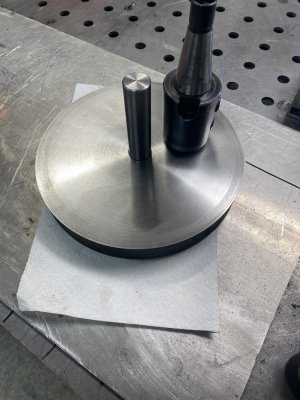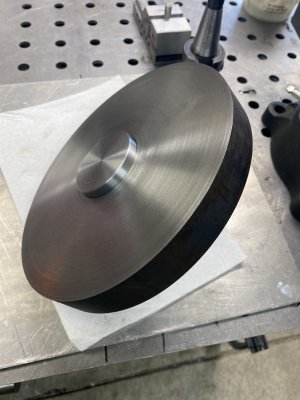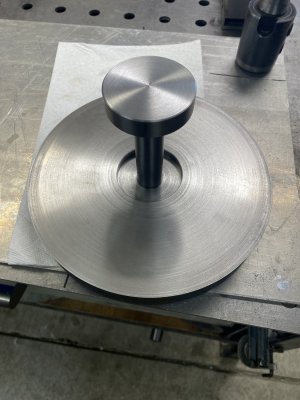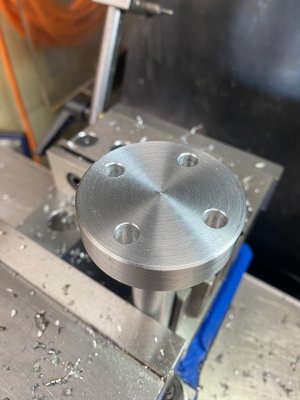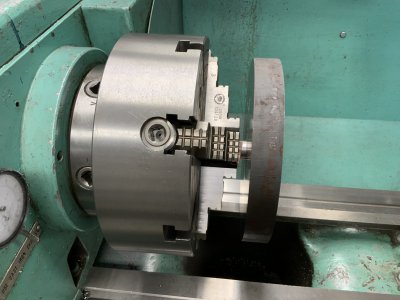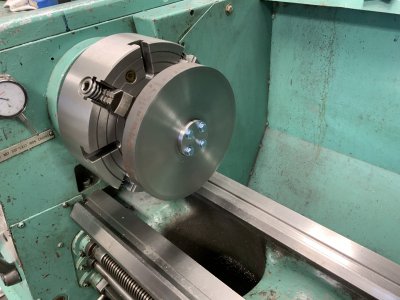This gets into stuff I have yet to experience, and I am soaking it all up. This is because I have ambitions of my own, and I do rely on what you folk know, and I take seriously the caution from
@mmcmdl about having it get loose at speed.
Getting theoretical for a minute, the problem (and danger) from an oversized fly cutter is the stored energy from its rotational inertia mass, and this gets out of hand when coupled with unbalance. A huge fly cutter was made by Brandon, who has the "Inheritance Machining" YT channel. He chose to make the disc of aluminium, which, being so light, can twirl the cutter without so much scary anticipation. Big disc fly cutters do, of course, need the adjustable counterbalance, to limit vibration for that fantastic finish.
Then there was the approach by Quinn Dunki. Her design done on Fusion 360 accounts for the rotating masses, and manages to look crazy wobbly when rotating, but does, in fact, cancel the majority of the unbalance.
I am reminded of solution used for a (very) high speed rotating disc for a homopolar generator that was supposed to be spun up, and then deliver a high current pulse, which would rapidly decelerate it, and cause major stresses in the disc. When something is spun up so fast the problem becomes exceeding the tensile strength of the material at the disc edge, and having it break up with the force of an explosive. I have also operated a spin rig for turbine parts intended to spin up stuff to destruction, hence 2" double walls, and in a vacuum. The big heavy discs were made to dangle on a 10mm diameter shaft which was intended to shear off, and let the destruction happen without damaging the spin mechanism
One solution was to make the generator disc thickness taper to thinner towards the diameter edge in a section profile designed to keep the stress constant. The total energy it could be spun up to was greater than if it was made as a cylindrical flywheel. If the aim is to make a (big diameter) fly cutter which is not so threatening if it gets loose, then tapering to the edge may help.
Such stuff is still only theory until one makes it, and, perhaps ideally, also breaks it! I also want a big diameter fly cutter, and I accept it can only do small depth finish cuts, but that's what it's for! Also, I agree you should go with your gut feeling about "visual thing". If it looks wrong, then it may well be inappropriate size. You have a lifetime of accumulated judgement that drives these things. For me, about 150mm might be the limit!
Here is Brandon's project.



